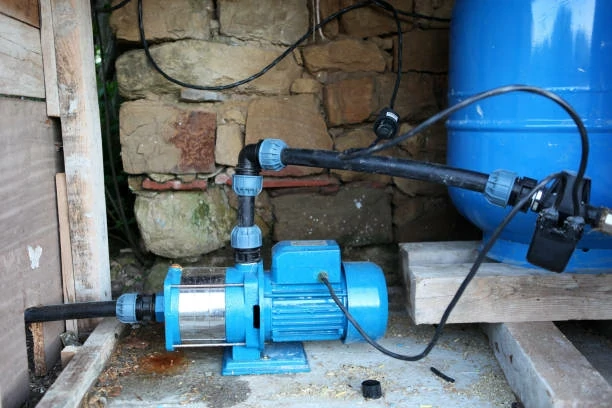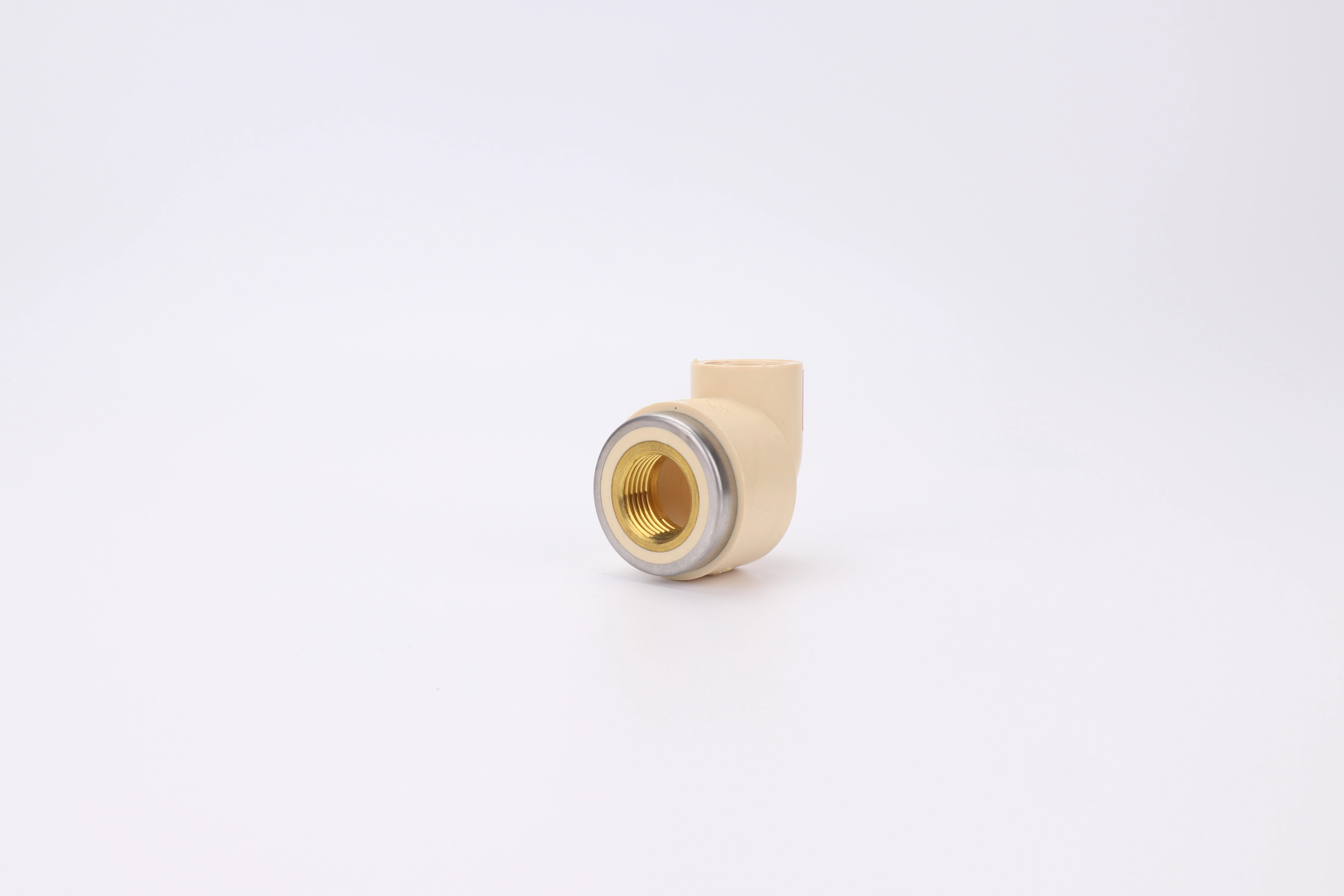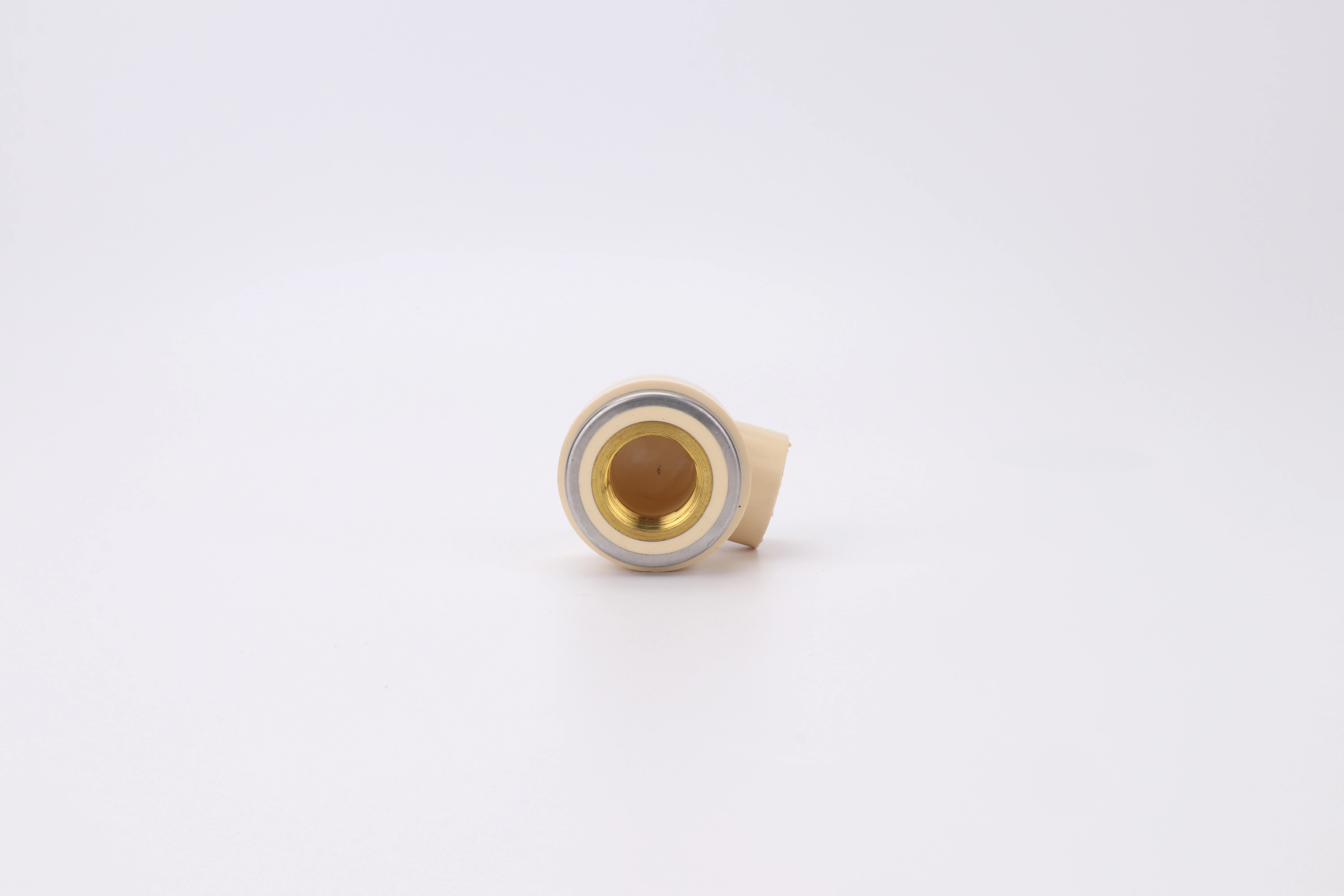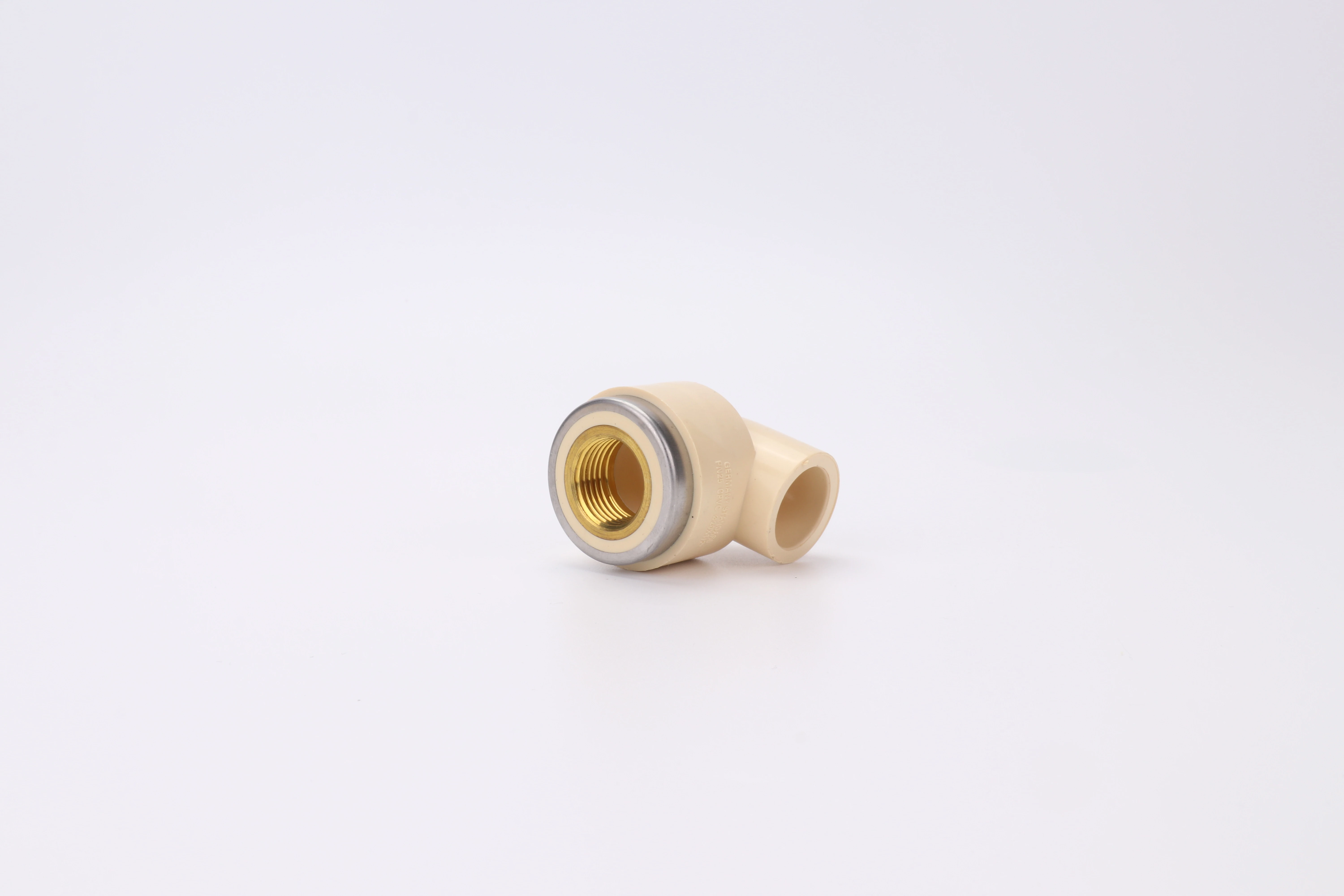High-Density Polyethylene (HDPE) fittings play a crucial role in modern water supply systems. Their versatility, durability, and resistance to various environmental factors make them an ideal choice for both residential and commercial applications. Understanding the advantages, applications, and installation processes of HDPE fittings enhances their effectiveness in ensuring a reliable water supply.
Advantages of HDPE Fittings
Durability
HDPE fittings withstand harsh environmental conditions, including extreme temperatures and high pressures. Their resistance to impact and stress ensures that they maintain structural integrity over time. This durability reduces the likelihood of leaks and failures, contributing to a more reliable water supply system.
Устойчивость к коррозии
Unlike metal fittings, HDPE fittings do not corrode when exposed to water or chemicals. This property makes them suitable for various applications, including potable water systems. Users can rely on them to provide consistent performance without the risk of contamination from rust or corrosion.
Lightweight Nature
HDPE fittings possess a lightweight design, making them easy to handle and transport. This characteristic simplifies installation, reducing labor costs and time. Workers can easily maneuver the fittings into place without the need for heavy lifting equipment.
Гибкость
HDPE fittings offer flexibility that allows for easy installation in various configurations. Their ability to bend without breaking enables users to adapt to different layout requirements in water supply systems. This flexibility also helps in minimizing the number of fittings needed, reducing overall costs.
Химическая стойкость
HDPE fittings resist a wide range of chemicals, including acids, bases, and solvents. This resistance ensures that the fittings maintain their integrity and functionality even in challenging environments. Users can implement HDPE fittings in systems that transport various fluids without worrying about chemical reactions.
Applications of HDPE Fittings in Water Supply
Potable Water Distribution
HDPE fittings serve as key components in systems designed for potable water distribution. Their non-toxic properties ensure that water remains safe for consumption. Municipalities and industries widely use HDPE for connecting pipes, valves, and other fixtures in water supply networks.
Irrigation Systems
Farmers and agricultural businesses often rely on them for irrigation systems. The fittings facilitate efficient water delivery to crops, helping to optimize water usage. Their durability and resistance to UV radiation ensure long-lasting performance in outdoor environments.
Wastewater Management
In wastewater management systems, HDPE fittings play an essential role in transporting and managing sewage and stormwater. Their corrosion resistance allows them to handle harsh conditions without deteriorating. This capability contributes to the efficient functioning of wastewater treatment plants.
Fire Protection Systems
HDPE fittings find applications in fire protection systems, connecting pipes that transport water to sprinklers and hydrants. Their ability to withstand high pressures ensures that these systems operate effectively during emergencies, providing crucial protection against fires.
Industrial Applications
Many industries utilize HDPE fittings for transporting water and other fluids in various processes. Their strength and chemical resistance make them suitable for manufacturing, food processing, and chemical industries. Users can trust HDPE fittings to deliver reliable performance in demanding environments.
Installation of HDPE Fittings
Planning and Design
Before installation, create a detailed plan for the water supply system. Identify the necessary fittings, pipe sizes, and configurations required for the specific application. Proper planning ensures that the system functions effectively and efficiently.
Preparation
Prepare the installation site by clearing any debris or obstacles. Ensure that the ground is level and stable to provide a solid foundation for the pipes and fittings. Inspect the fittings for any defects or damages before proceeding.
Cutting the Pipes
Use a pipe cutter or saw to cut the HDPE pipes to the desired lengths. Ensure that the cuts are clean and straight to facilitate proper connections. Smooth any rough edges to prevent damage to the fittings during installation.
Joining the Fittings
To connect HDPE fittings to the pipes, use appropriate joining methods, such as:
- Electrofusion: This method involves heating the fitting’s internal coils, which melt the pipe ends and create a secure bond. Follow the manufacturer’s guidelines for temperature and timing to ensure a successful connection.
- Butt Fusion: This method involves heating the ends of the pipes and fitting until they soften, then pressing them together to form a solid joint. Proper alignment and pressure during fusion ensure a strong connection.
- Mechanical Fittings: For applications where fusion may not be feasible, mechanical fittings provide an alternative. These fittings utilize clamps or bolts to secure the connection, allowing for easy disassembly if needed.
Testing the System
After completing the installation, conduct a pressure test to ensure the integrity of the connections. Monitor for any leaks or issues during the test. Address any problems before placing the system into service.
Maintenance of HDPE Fittings
HDPE fittings require minimal maintenance, but regular inspections can enhance their longevity:
Visual Inspections
Perform periodic visual inspections to check for signs of wear or damage. Look for any cracks, leaks, or deformation in the fittings. Early detection of issues helps prevent larger problems in the future.
Очистка
Keep the fittings clean to prevent debris buildup that could interfere with flow. Use mild detergents and avoid abrasive cleaners that may scratch the surface.
Экологические соображения
Monitor the environmental conditions around the fittings. In areas with extreme temperatures, ensure that the fittings remain protected from potential damage. Adequate drainage around the installation site helps prevent water accumulation, which can cause problems over time.
Environmental Impact of HDPE Fittings
HDPE fittings contribute positively to environmental sustainability. Their durability and longevity reduce the need for frequent replacements, minimizing waste generation. Additionally, HDPE is recyclable, allowing for responsible disposal at the end of its life cycle. Choosing them aligns with eco-friendly practices in water supply systems.
List of Top HDPE Fittings Suppliers
| Название компании | Расположение | Годы опыта | Сертификаты |
| ИФАН | Чжуцзи, Китай | 1993 | Сертификация ISO |
| ASC Engineered Solutions | США | 2019 | Сертификация ISO |
| Патель Прецизионный завод | Индия | более 21 года | Сертификация ISO |
| КРАСНО-БЕЛАЯ КЛАПАННАЯ КОРПОРАЦИЯ | США | 1971 | Сертификация ISO |
| Регуляторы расхода SVF | США | 1988 | Сертификация ISO |
IFAN international standard for HDPE Fittings
IFAN’s standards for HDPE fittings include several important specifications, such as ASTM D3035 and ASTM D3350, which focus on the dimensions and materials of polyethylene piping. Additionally, the ISO 4427 Series and EN 12201 Series standards provide guidelines for the performance and safety of these systems. Other relevant standards include DIN 8074/8075, GB/T 13663 Series, AS/NZS 4130, JIS K6760, BS 6572, and CSA B137.1. Together, these standards ensure the reliability and quality of HDPE fittings across various applications and regions.
Заключение
HDPE fittings play an integral role in ensuring efficient and reliable water supply systems. Their durability, corrosion resistance, and lightweight nature make them ideal for various applications, from residential plumbing to industrial processes. By understanding the benefits, installation methods, and maintenance requirements of them, users can optimize their performance and contribute to sustainable water management practices. As industries and communities continue to prioritize efficient water supply solutions, HDPE fittings will remain a key component in achieving these goals.
Подключайтесь
ИФАН является китайским производителем пластиковых труб, фитингов и клапанов с 30-летним опытом работы. Если вы заинтересованы в ИФАН медные фитинги, медные клапаны, пластиковые трубы и фитинги, пожалуйста, свяжитесь с нами. ИФАН предлагает вам разнообразные стандартные трубы для удовлетворения ваших конкретных потребностей. Нажмите ниже, чтобы узнать больше о широком ассортименте доступной и экономичной арматуры и сопутствующих товаров для трубопроводных систем от IFAN.
Мы ответим на ваше письмо или факс в течение 24 часов.
Вы можете позвонить нам в любое время, если у вас возникнут вопросы по нашей продукции.
Для получения дополнительной информации, пожалуйста, посетите наш веб-сайт https://ifanpro.com/
Отправить по почте: [email protected]
Whatsapp: + 86 19857948982














Последние комментарии